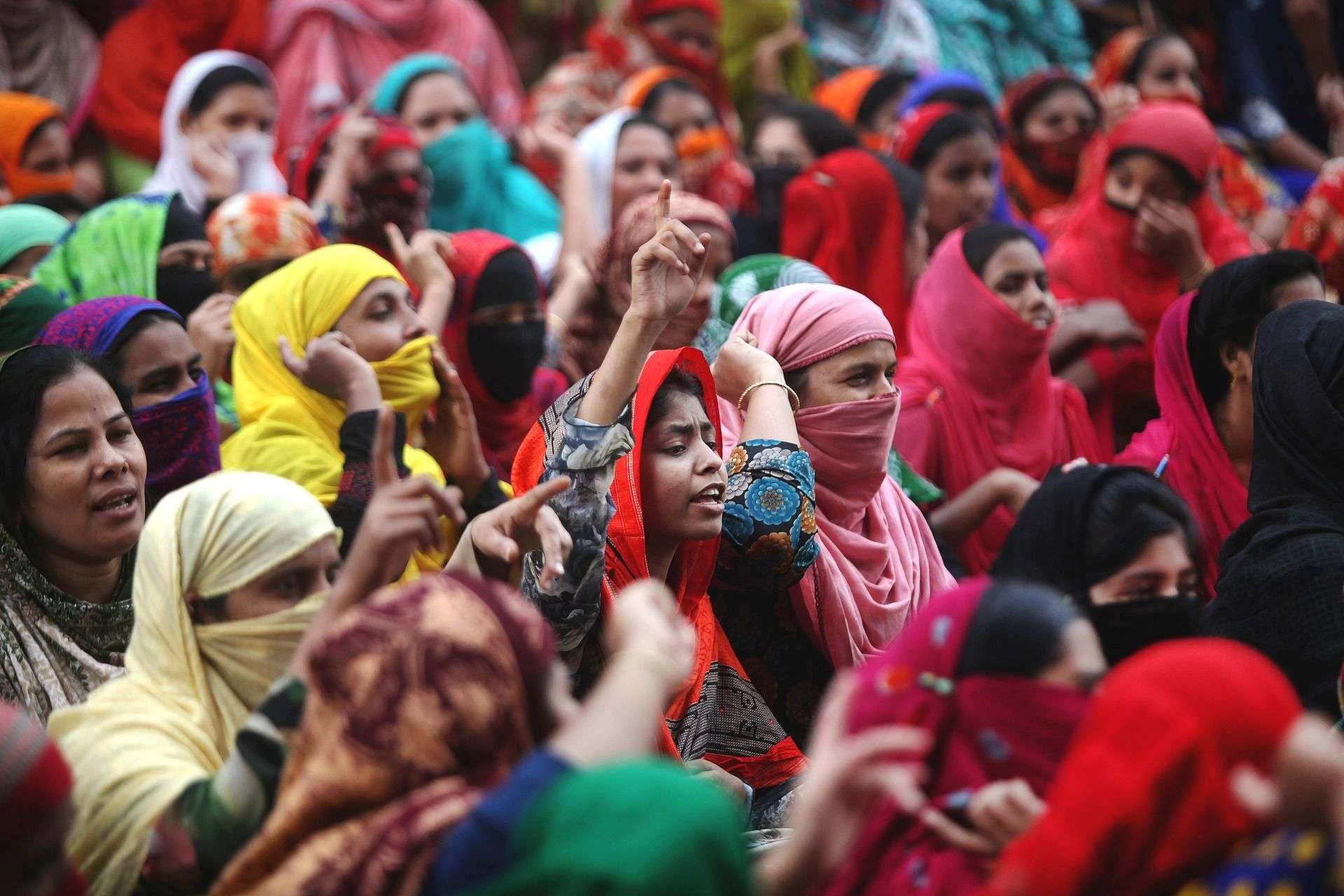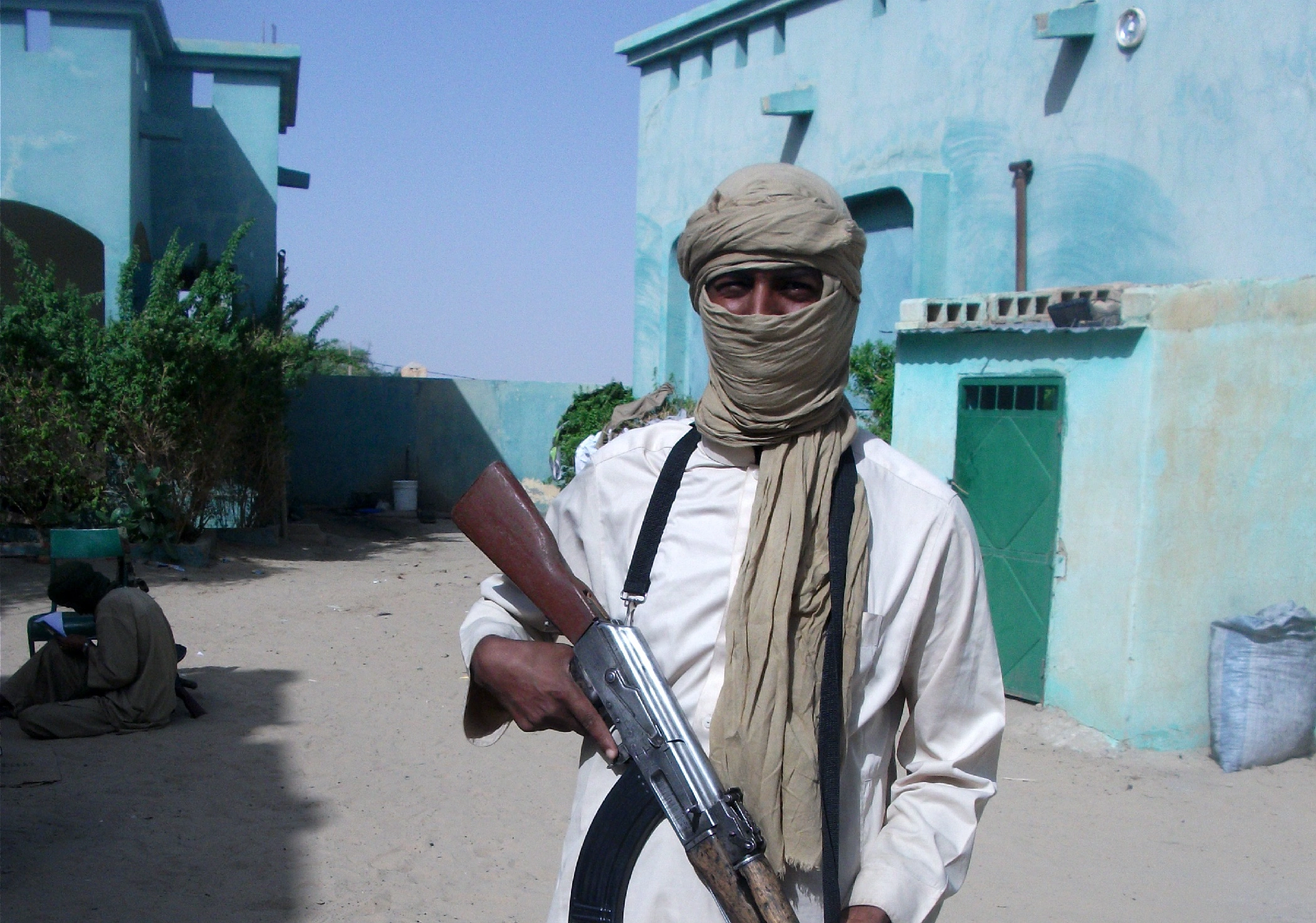A case of the mystery turtles
On Sunday (July 12, 2020) after being entangled in plastic waste, over 20 corpses of turtles washed ashore to Cox Bazaar, Bangladesh, and dozens more were rescued said, officials.
The locals said that waves of plastic waste, primarily bottles, fishing nets, and buoys washed ashore late Saturday. They spotted turtle carcasses on the coast amongst the waste early on Sunday. Bangladesh\’s forestry department said it was the first time such a large volume of plastic had washed onto the 120km beach along the Bay of Bengal.
Officials stated how locals began pouring in to aid rescue efforts on the beach since early that morning. The dead turtles have been buried. Efforts to release back those rescued into the sea are being made.
Community response
Cox Bazaar, is one of the longest beaches in the world. On an area comprising of 10km, an estimated 50 tonnes of waste was found. Beach clean-up charity, “Plastic Bank Bangladesh,” said their volunteers found and buried at least 20 Olive Ridley turtles trapped in the plastic. Leading Bangladesh turtle and tortoise expert, Shahriar Caesar Rahman, from the NGO Creative Conservation Alliance said most of the turtles were at least 30 years old. He also went on to explain how many turtles die of suffocation after being caught up in huge patches of plastic waste floating in the sea, and this seems to be a similar case.
However, a local fisherman told AP that he has never seen so much garbage wash ashore, and neither has he seen so many dead turtles in one place.
It is not clear how many turtles were rescued. However, authorities are investigating the incident.
Waste and decaying environment
About 26 tonnes of waste produced from ships and neighboring countries float into the Bay of Bengal every year, said Mr. Moazzem Hossain of the local conservation charity, “Save the Nature Bangladesh”. He called it a case of “plastic invasion” and “a threat to marine biodiversity in Bangladesh”.
Olive Ridleys are the most abundant of all sea turtle species worldwide, according to conservationists, but due to the decline in numbers, they are now recognized as vulnerable by the IUCN Red List.






